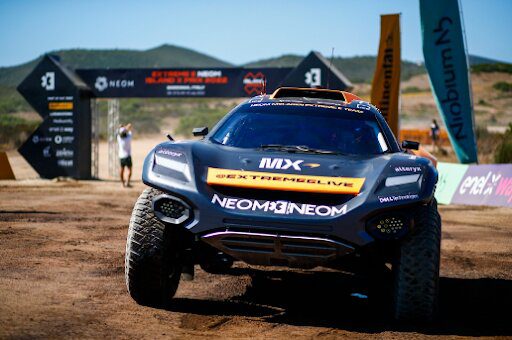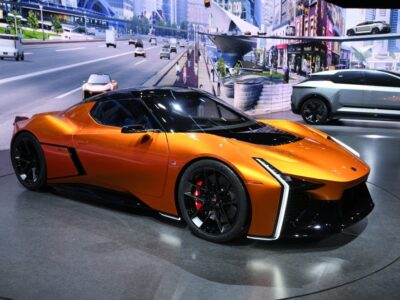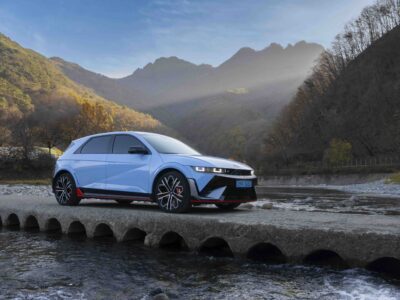The automotive world is going through an identity crisis. The electric vehicle movement has cast new light on major racing leagues like Formula 1 and IndyCar as they juggle switching to cleaner fuels and electric power.
Electric-only race circuits like Formula E show these zero-emission vehicles are fast and can make racing unique. Rally car racing hasn’t gotten as much exposure as track competitions, but a new electric-power rally car league is making waves in the sports world.
Extreme E Racing is the next big clean-vehicle racing venture. The rally car series flies several teams to remote parts of the planet for races. The inaugural season took place in 2021, with five events taking place in Saudi Arabia (desert), Senegal (ocean), Greenland (Arctic), Italy (island), and the U.K. (Jurassic) locations. March 2023 marked the beginning of its third season.
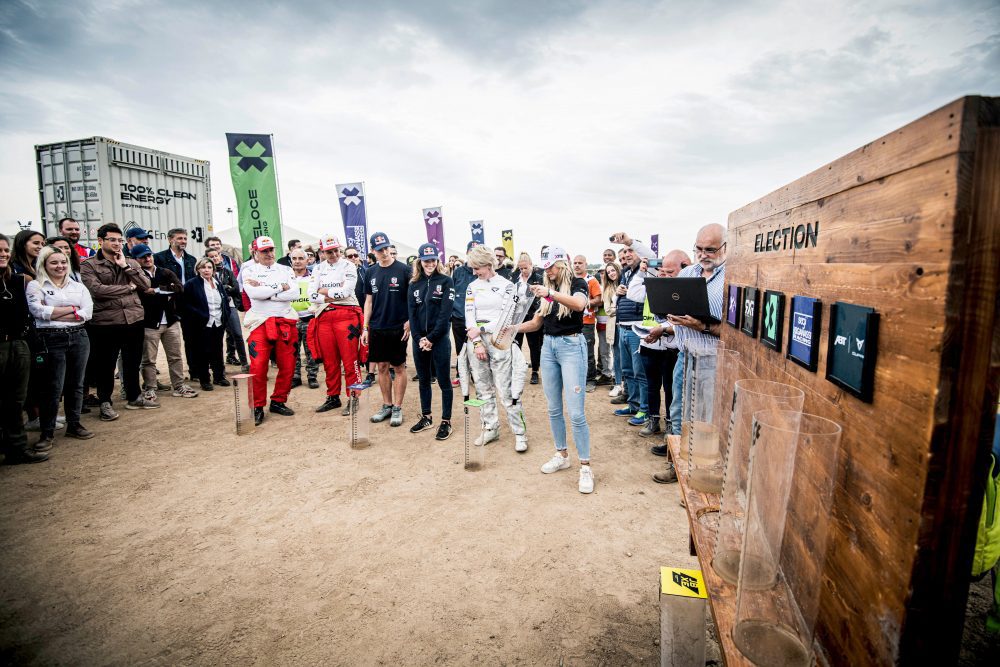
Fueling The Races
You might wonder, “how can electric cars compete in a multi-day race event?” Getting charging stations to these isolated locations is no easy feat. However, Extreme E has a plan: use transportable charging stations powered by hydrogen fuel
These fuel cells are essentially off-grid generators, charging the cars when needed without any emissions produced. The league partnered with AFC Energy as its hydrogen supplier in the first two seasons.
“The inaugural race season enabled us to demonstrate the possibilities of AFC Energy’s zero-emission power generators while operating in high-pressure, high-profile, and extreme environments,” said Adam Bond, chief executive of AFC Energy.
In Season 3, Kaizen Clean Energy becomes the new energy supplier. The league cited that AFC’s hydrogen fuel was great, but sourcing it was challenging, requiring it to burn biofuels like hydrotreated vegetable oil. Kaizen offers an easier solution, extracting hydrogen from methanol. The company’s technology can fit in a basic shipping container and be transported to all locations.
Extreme E makes a concerted effort not to plug into a country’s central grid out of fear it is not run on clean sources. However, countries like Uruguay run on mainly renewable power, allowing the chargers to be plugged into a grid. They did this at the end of Season 2 in 2022. But it’s not as simple in places like Greenland, with limited electrical infrastructure.
Transporting pure hydrogen is also challenging. It must be stored at extremely high pressure or frozen in liquid form. The methanol extraction process allows teams to use carbon-neutrally produced hydrogen in remote locations. The Kaizen generators are transported on Extreme E’s cargo ship, St. Helena.
Expansion On The Horizon
The league’s executives want to put hydrogen power to the ultimate test: its own racing circuit. Extreme H, the hydrogen-power offshoot, is planned for 2024. Announced at the end of Extreme E Season 2, Extreme H intends to follow a similar model — competitions across multiple continents over a span of a few months — but it remains to be seen how the hydrogen fuel will be sourced. It is also a question of when and where these races will run.
The league reached more than 1 million followers on social media, can be viewed in 195 countries, and has several celebrity endorsements. F1 champion driver Lewis Hamilton is Team X44 owner, and renowned techno musician Carl Cox sponsors his own team. That’s a remarkable amount of growth for a startup racing league.
Moreover, Extreme E has already hit net-zero carbon emissions in only three years of operating. They released a sustainability report at the end of Season 1, with assistance from Ernst & Young. The motorsport also boasts a 50:50 split between female and male drivers.
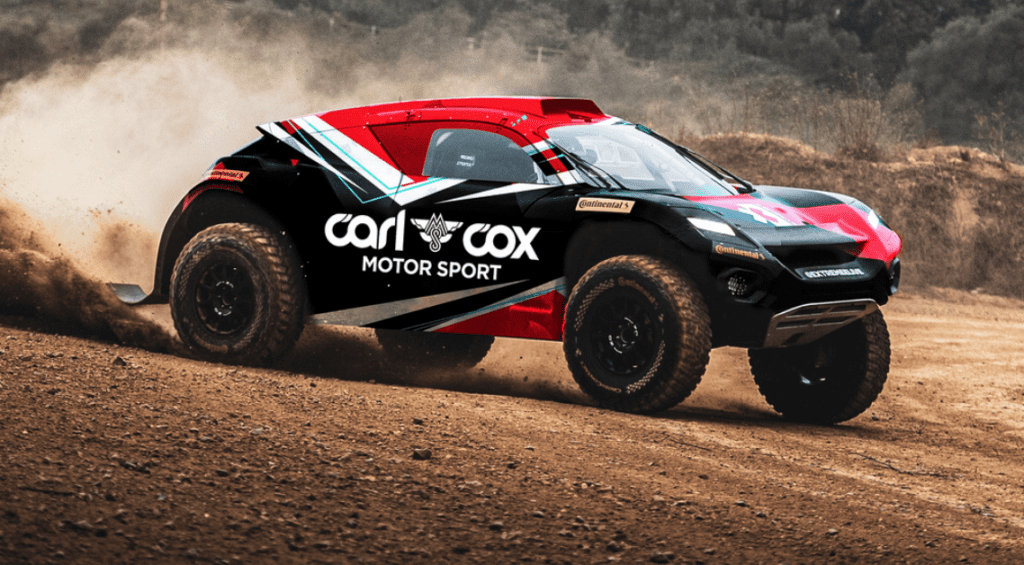
Photo Courtesy Extreme E
“Extreme E started as a dream, born with the purpose of breaking the mold in motorsport and a vision of a lower carbon future through the promotion of electric racing and education on global climate issues — all by using the power and entertainment of sport and sustainable operations,” said Alejandro Agag, Extreme E CEO, in a statement. As the league continues to evolve, it certainly seems to be setting standards for its competing racing outlets.

